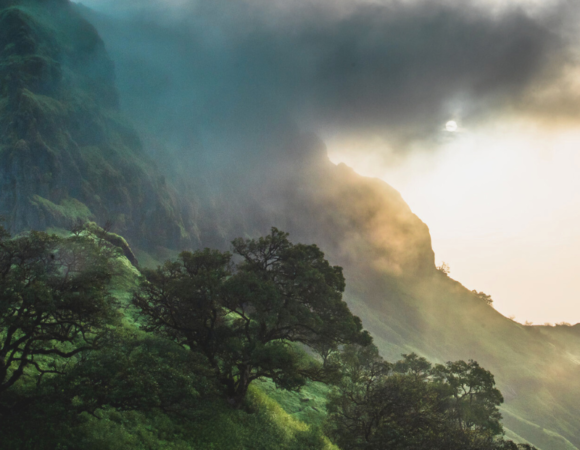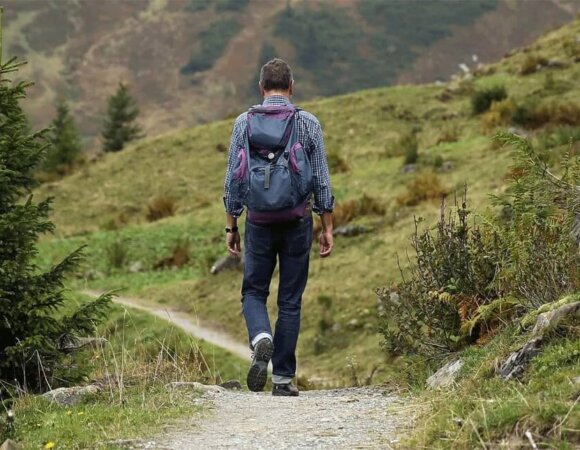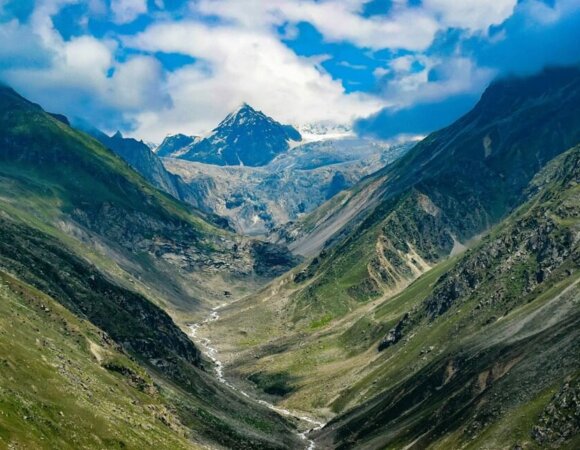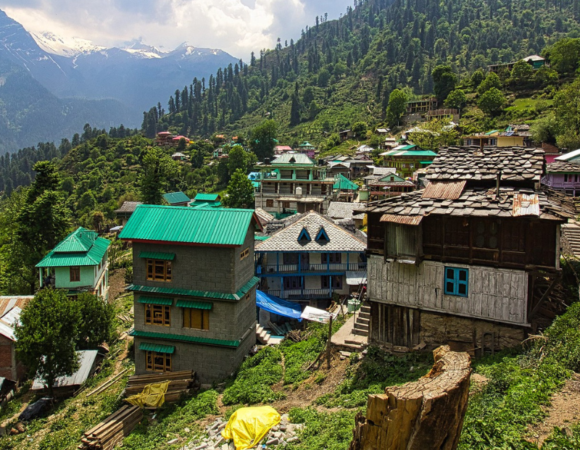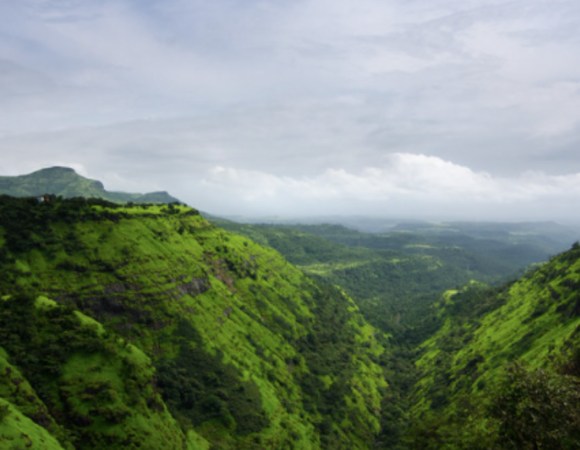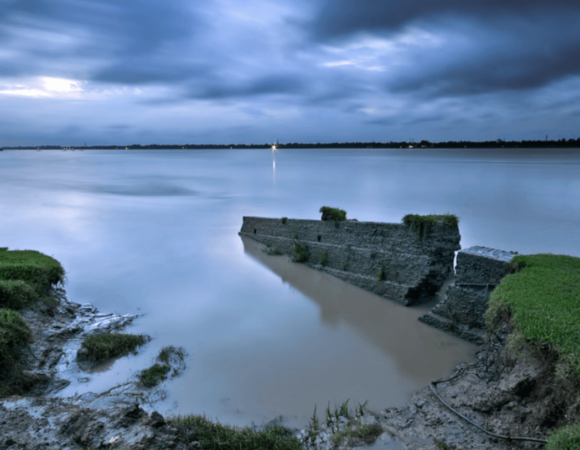5 Cool-Down Stretches To Do After Your Trek
Cool-down stretches to do after your trek are an essential part of the recovery process that should never be overlooked. After a long trek, your muscles are under a lot of strain, and taking the time to stretch can significantly reduce soreness and stiffness. Whether you’re an experienced hiker or a beginner, incorporating these simple stretches into your routine will help ease tension, improve flexibility, and speed up recovery. Let’s dive into five effective cool-down stretches that you can easily do after any trek.
Table of Contents
ToggleWhy Cool-Down Stretches Are Important After Your Trek
When trekking, your body is put under physical stress for an extended period. This leads to muscle fatigue and tightness, especially in your legs, back, and hips. Without proper stretching, your muscles may become stiff, hindering recovery and leading to soreness the following day. Cool-down stretches are essential to prevent muscle tightness, promote relaxation, and support your body in the recovery process. They also reduce the risk of injury by helping your muscles return to their resting length gradually.
1. Standing Hamstring Stretch
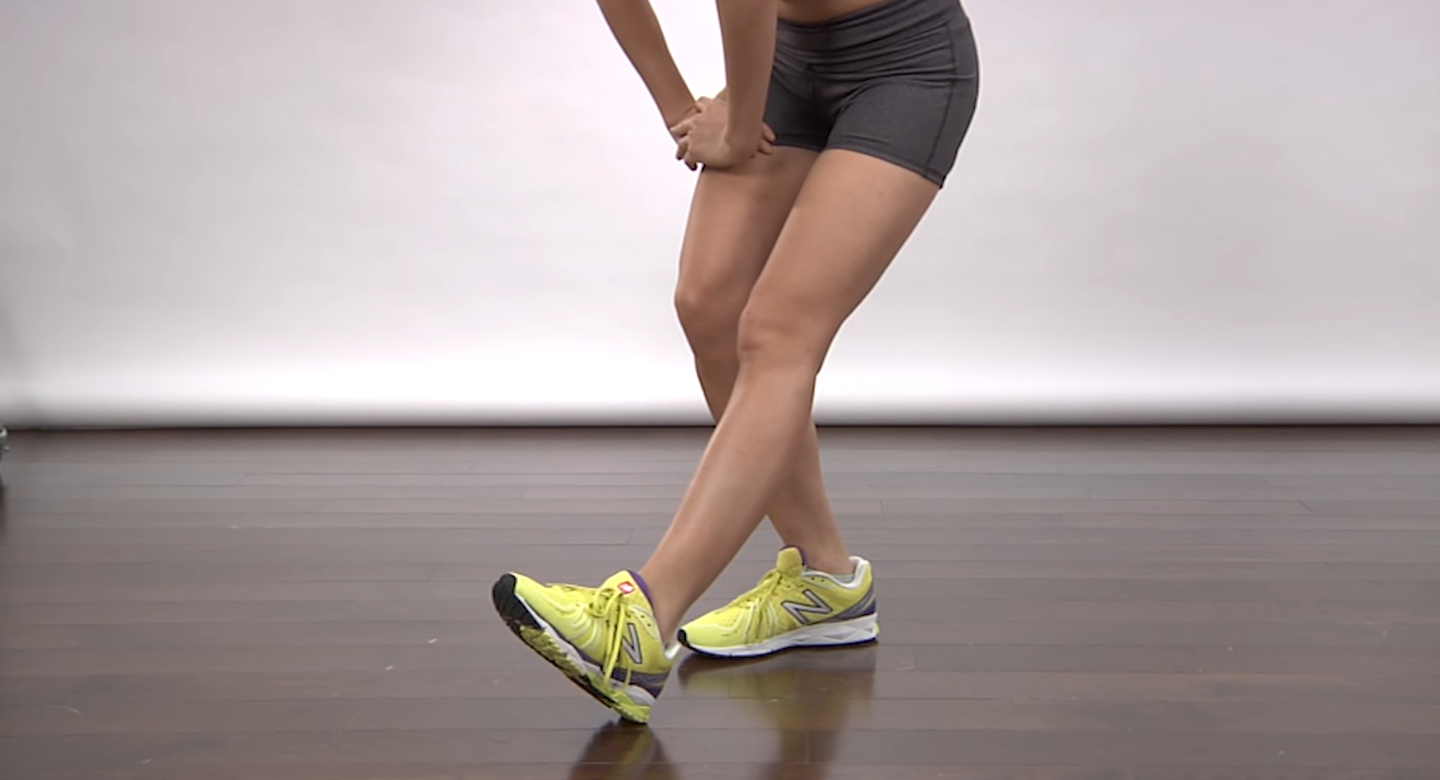
The hamstrings are often tight after a trek, especially from all the walking and climbing. This simple stretch targets your hamstrings, helping to release that built-up tension and improve flexibility.
How to Do It:
- Stand tall with your feet hip-width apart.
- Step one foot forward, keeping that leg straight while the other leg remains slightly bent.
- Hinge at your hips and slowly reach towards the toes of the extended leg.
- Keep your back flat and avoid rounding your spine.
- Hold the stretch for 20-30 seconds, then switch legs.
Benefits:
- Releases Tension: The hamstrings are heavily engaged during a trek, especially when climbing or walking on uneven terrain. This stretch helps to release the tension that builds up in these muscles.
- Improves Flexibility: Regularly stretching your hamstrings can enhance flexibility, allowing for a greater range of motion and preventing stiffness.
- Reduces Soreness: By gently elongating the hamstrings, this stretch can reduce soreness in the back of your legs the day after a trek.
Including this stretch as part of your cool-down stretches to do after your trek will help alleviate tightness in your legs and promote faster recovery.
2. Quadriceps Stretch
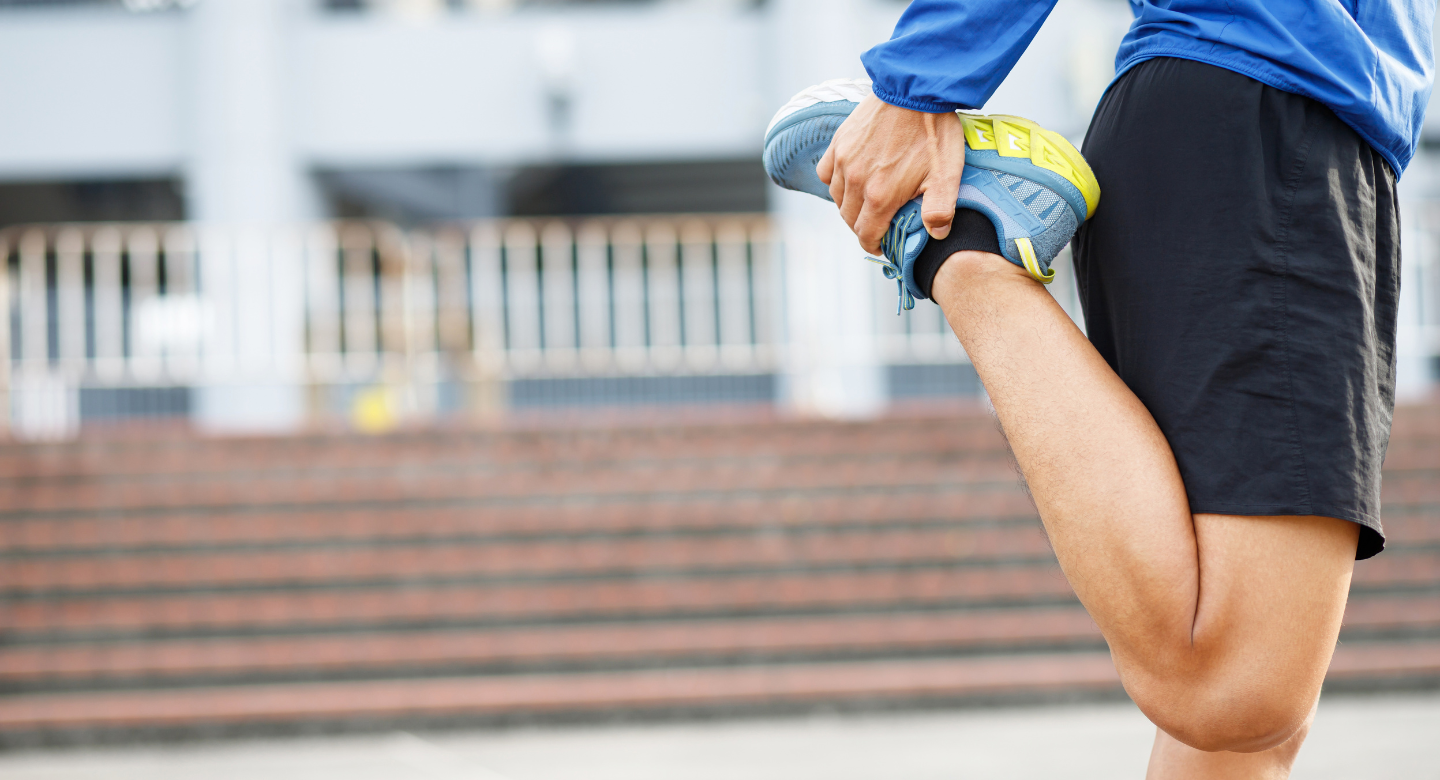
Your quads are the large muscles in the front of your thighs, and they take a lot of strain during a trek. This stretch targets the quadriceps, relieving tightness and promoting flexibility after long periods of exertion.
How to Do It:
- Stand tall with your feet shoulder-width apart.
- Bend your right knee and grab your right ankle with your right hand, pulling it gently towards your glutes.
- Keep your knees close together and try to push your hips slightly forward.
- Hold the stretch for 20-30 seconds, keeping your chest lifted and your back straight.
- Switch sides and repeat.
Benefits:
- Relieves Tightness: Your quadriceps, the muscles on the front of your thighs, are heavily used while hiking uphill or navigating difficult terrain. This stretch helps release any built-up tightness.
- Prevents Knee Pain: Tight quads can pull on your knees, potentially leading to pain or discomfort. Stretching them regularly helps maintain healthy knee function.
- Improves Mobility: By stretching the quadriceps, you maintain flexibility in your legs, which improves mobility and reduces stiffness.
Doing this stretch regularly after your trek ensures your quads stay flexible and strong, which is essential for preventing soreness and stiffness in the days following your hike.
3. Calf Stretch
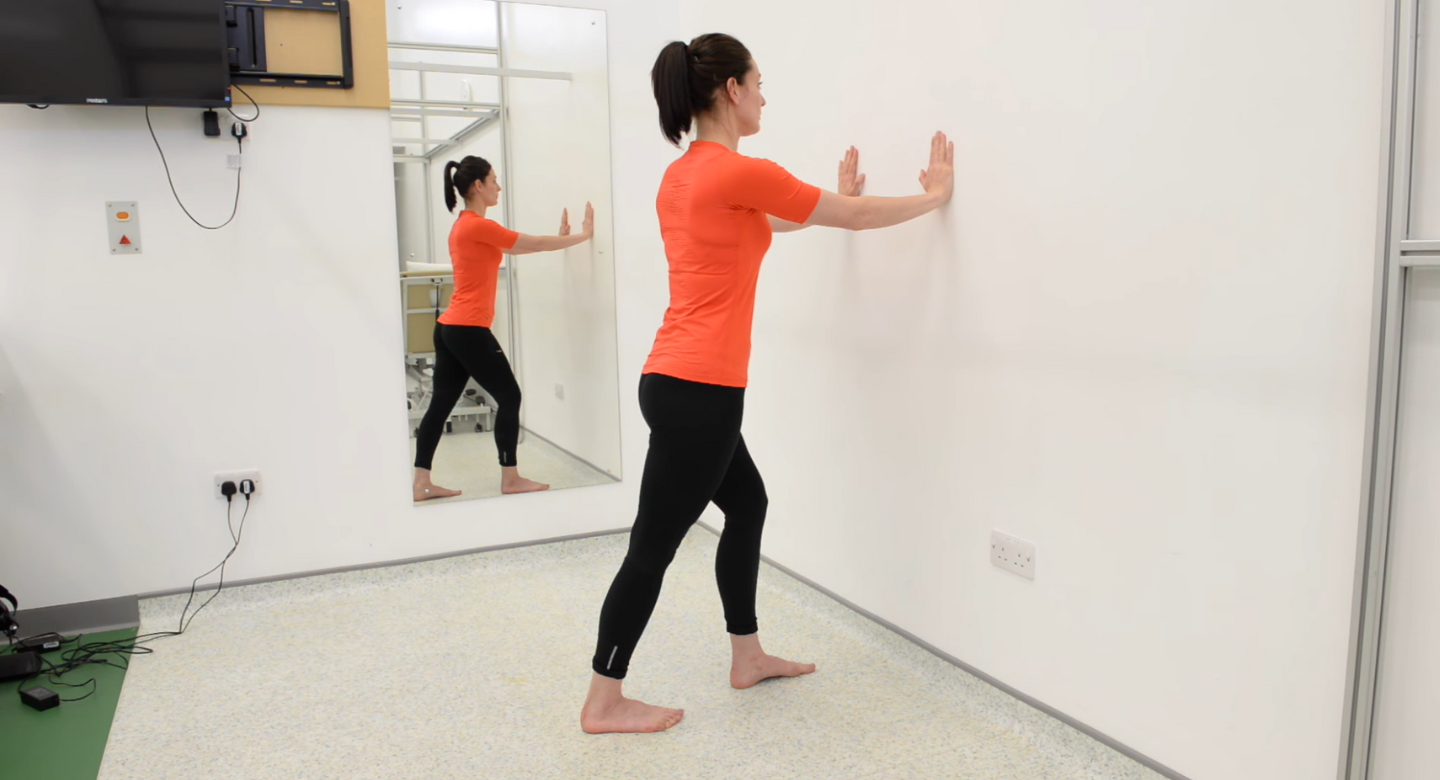
The calves can easily become tight after a long trek, especially when walking on steep inclines or declines. This stretch targets the calves and helps improve their flexibility, preventing cramps and soreness.
How to Do It:
- Stand facing a wall with one foot forward and the other foot extended behind you.
- Keep both feet flat on the floor with your back leg straight.
- Slowly bend your front knee, while keeping your back leg straight, and feel the stretch in your back calf.
- Hold the stretch for 20-30 seconds, then switch legs.
Benefits:
- Prevents Calf Cramps: Calf muscles can cramp after a long trek, especially when descending or walking on steep terrain. This stretch helps keep the calves flexible and prevents cramps.
- Improves Circulation: Stretching the calves promotes blood flow, reducing the likelihood of swelling and fatigue.
- Alleviates Stiffness: Long periods of walking can cause tightness in the calves. This stretch can alleviate stiffness and promote muscle relaxation.
Incorporating this into your cool-down stretches to do after your trek is vital to relieve tightness and improve your mobility, especially in the lower legs.
4. Hip Flexor Stretch
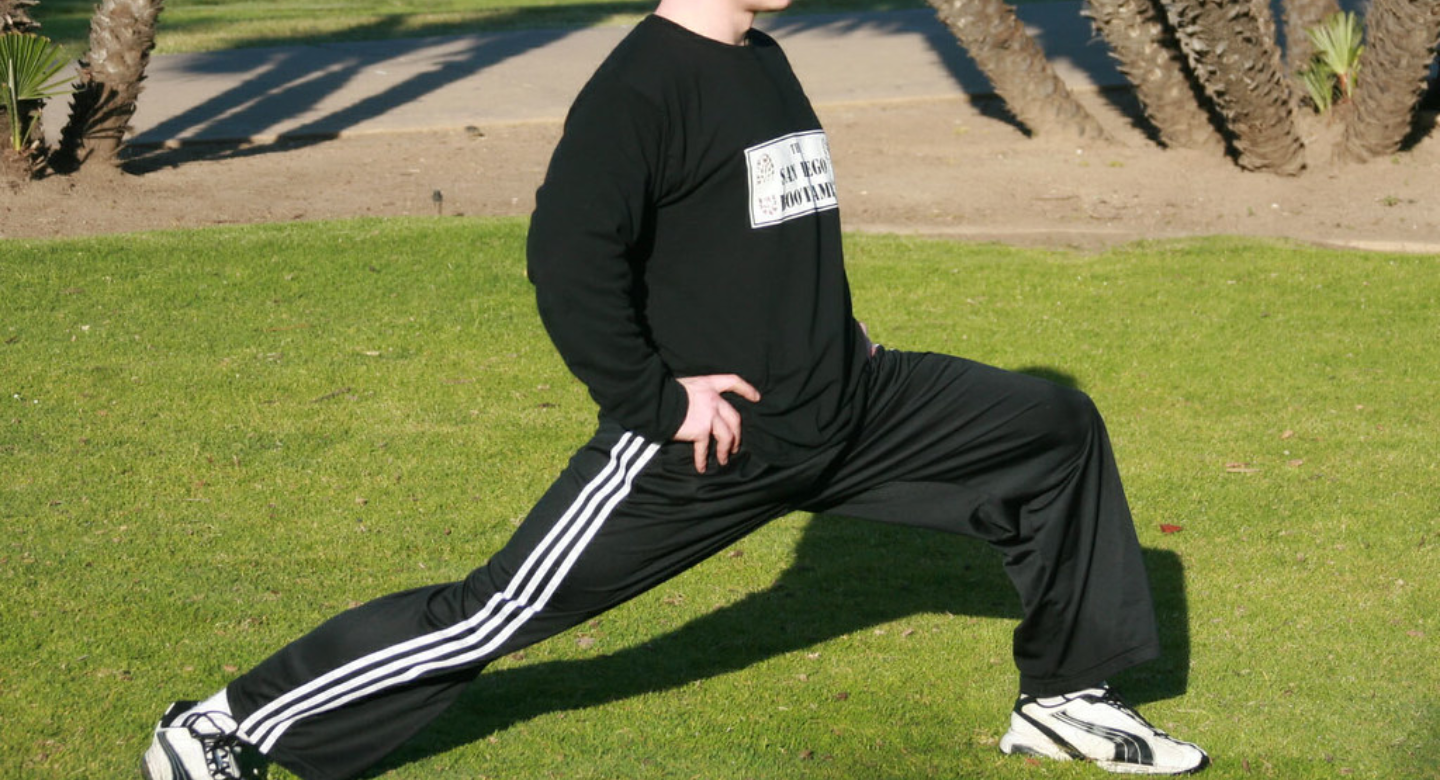
Trekking, especially uphill, places a lot of strain on your hip flexors. This stretch helps release tension in these muscles, reducing the chance of lower back pain and improving your overall flexibility.
How to Do It:
- Start by kneeling on one knee, with the other foot in front, creating a 90-degree angle at both knees.
- Gently push your hips forward, feeling a stretch in the front of your hip (the hip flexors).
- Keep your torso upright and hold the position for 20-30 seconds.
- Switch legs and repeat.
Benefits:
- Releases Hip Tension: Trekking, particularly uphill, places a lot of strain on the hip flexors. This stretch helps release any tension and improves flexibility in the hips.
- Reduces Lower Back Pain: Tight hip flexors can contribute to lower back discomfort. Stretching them helps reduce the strain on your lower back.
- Enhances Posture: Stretching the hip flexors opens up the pelvis, improving posture and alignment.
Doing this stretch as part of your cool-down stretches after your trek helps keep your hips mobile and alleviates lower body tightness.
5. Lower Back Stretch
After hours of walking and carrying a backpack, your lower back can feel tight and sore. This stretch targets the muscles in your lower back, helping to relieve any tension and promote relaxation.
How to Do It:
- Lie flat on your back with your knees bent and feet flat on the ground.
- Slowly pull both knees towards your chest, feeling the stretch in your lower back.
- Hold for 20-30 seconds, gently rocking from side to side to deepen the stretch if desired.
- Relax and repeat.
Benefits:
- Eases Back Pain: Carrying a heavy backpack or walking for hours can cause discomfort in the lower back. This stretch provides relief and helps to alleviate that tightness.
- Releases Tension: Trekking can cause the muscles in your lower back to tighten up. This simple stretch helps loosen those muscles, allowing for better relaxation.
- Promotes Flexibility: Regularly stretching the lower back helps improve flexibility and reduces the risk of injury.
Including this stretch in your cool-down routine is crucial for preventing post-trek lower back pain and ensuring your muscles stay loose and relaxed.
Final Thoughts
Incorporating cool-down stretches to do after your trek is not just a luxury—it’s a vital part of the recovery process that helps your body feel better and function properly. Trekking can be intense on your muscles, and without proper care afterward, you may experience soreness, stiffness, and even injury. By taking just 10-15 minutes after your hike to do these simple stretches, you can prevent these issues and promote quicker recovery.
The stretches we discussed target key muscle groups, including your hamstrings, quadriceps, calves, hip flexors, and lower back. These areas are often the most impacted during a trek, whether you’re climbing uphill, navigating rocky terrain, or carrying a heavy backpack. Doing cool-down stretches to do after your trek can reduce muscle tightness, improve flexibility, enhance circulation, and decrease the risk of injury.
Remember, stretching isn’t just about reducing discomfort—it’s also about improving your performance for future treks. The more flexible and relaxed your muscles are, the more efficiently they’ll work, which can make your next adventure even more enjoyable. So, even if you’re short on time, it’s worth taking a few minutes to stretch. Your body will thank you in the long run.
Read More About:
10 exercises to help you carry your backpack easily
Best stretches for trekking for Pre, During and Post
5 knee strengthening exercises to do before a trek
Frequently Asked Questions (FAQs) on 5 Cool-Down Stretches To Do After Your Trek
Why is it important to do cool-down stretches after a trek?
Cool-down stretches help reduce muscle stiffness, prevent injury, improve flexibility, and promote circulation. They aid in recovery by allowing muscles to return to their resting state gradually, minimizing soreness and tension.
How long should I hold each cool-down stretch after a trek?
Each stretch should be held for 20-30 seconds. Make sure to focus on gentle, sustained stretches, avoiding any bouncing or jerking movements that could cause injury.
What happens if I skip cool-down stretches after a trek?
Skipping cool-down stretches can result in increased muscle stiffness, soreness, and a higher risk of injury. You may also experience longer recovery times and decreased flexibility.
How often should I perform cool-down stretches after trekking?
It’s best to perform cool-down stretches after every trek, no matter the length or difficulty. This consistent routine helps improve your recovery and keeps your muscles flexible for future treks.
Can cool-down stretches help with muscle soreness the next day?
Yes, cool-down stretches can reduce muscle soreness by improving blood circulation and relaxing your muscles. Stretching helps to flush out lactic acid that builds up during physical activity, which can contribute to soreness.
Are these cool-down stretches suitable for beginners?
Absolutely! The stretches we discussed are beginner-friendly and easy to perform. They can be modified to suit your flexibility and comfort level. Start slow, and don’t push yourself too hard.
Can I do these stretches without any equipment?
Yes, all of the stretches we’ve listed can be done without any equipment. Just make sure you have enough space to move comfortably, and wear comfortable clothing that allows free movement.
How long should I wait after a trek before doing cool-down stretches?
cool-down stretches immediately after your trek, once you’ve caught your breath. There’s no need to wait; in fact, stretching right after your trek helps your muscles start recovering more quickly.
Can cool-down stretches improve my flexibility over time?
Yes, regular stretching helps improve flexibility by gradually elongating your muscles and increasing the range of motion in your joints. Consistency is key, so make sure to stretch after every trek.
What are the benefits of stretching my hip flexors after a trek?
Stretching your hip flexors helps alleviate tension in the hips and lower back, which are often stressed during a trek. This stretch promotes better posture, reduces lower back pain, and enhances flexibility, helping you move more freely.


